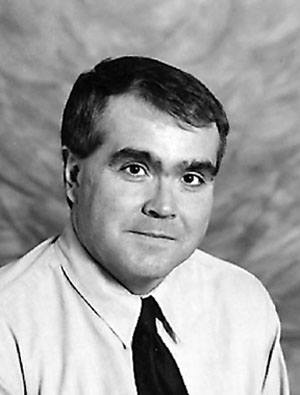When the Calgary-Edmonton Railway first laid out the townsite of Red Deer in 1890-91, the entire community was located south of the Red Deer River. The biggest impediment to any development north of the river was the lack of a traffic bridge.
The situation changed somewhat after the construction of a single-lane traffic bridge in the mid-1890s. A few people built houses on the north side, many of them being employees of the railway.
However, the number of residents on both sides of the river remained small, with only 200 people in the hamlet.
The fledgling community experienced several difficulties with the river crossing. In 1896, the first traffic bridge was badly damaged by the ice during spring breakup but was sufficiently repaired to make it useable again. In 1899, heavy summer rains caused significant damage once more. The following spring, the weakened structure was swept away.
In 1900-1901, the Department of Public Works built an impressive three- span steel bridge. While construction was underway, planks were put down on the nearby Calgary-Edmonton Railway Bridge so that people could use it. A watchman was hired to make sure that no one was on the bridge when the trains came through.
In April 1901, the new traffic bridge was swept away in the spring flood. The community was furious. A local newspaper reporter wrote that it was obvious that the bridge “Had not been properly built for a river that froze up in the winter time.”
The Board of Trade wrote that this was “Another example of blundering inefficiency and waste of public funds” and that “It would be difficult to find in any country a more shameful exhibition of the lack of engineering” than had been demonstrated with the Red Deer bridge.
As yet another bridge was being constructed, more and more people began to use the old ford across the Red Deer River where Fort Normandeau once stood, and another called McKenzie’s Crossing, downstream from Red Deer. After two people drowned using this latter ford, the government installed a temporary ferry.
As the issues with the bridges were gradually resolved the long recession of the 1890s came to an end. The economy began to pick up. New settlers came to the Red Deer district establishing new farms, new homes and new businesses.
With all of the new construction in the community, George Bawtinheimer started a sawmill on the north side of the river where Bower Ponds are now located. In 1906, the Great West Lumber Company bought the operation and greatly expanded it.
Not surprisingly, many of those who worked at the sawmill decided to build their homes nearby. They were soon joined by others who were attracted by the lower price of land north of the river.
In 1905, north side community had grown sufficiently that Fred Ray, a homesteader who was originally from Quebec, developed a new subdivision, Fairview Park.
Sales proceeded very well and by the spring of 1907, most of the lots in the new subdivision had been sold.
In 1908, the Roman Catholic Church constructed a large mission centre on the brow of the North Hill. It included a convent, school, rectory for the priests and small college.
A number of those who worked at the sawmill were from French-speaking areas of Eastern Canada and northeastern United States. With the development of the Catholic mission on the hill, even more French-speaking families moved into the area.
Soon, the community north of the river had a pronounced French and Catholic presence, while the Town south of the river was almost entirely English-speaking and Protestant.
With all of the growth north of the river, people began to consider the creation of a village. A petition was filed with the provincial government but unfortunately it had a number of flaws. Hence, it was not until the early spring of 1911 that the Village of North Red Deer was finally created.
The Riverside Meadows Community Association is planning a number of projects and events to celebrate the centennial of the Village of North Red Deer in 2011.
For more information, contact riversidemeadowsca@gmail.com.



